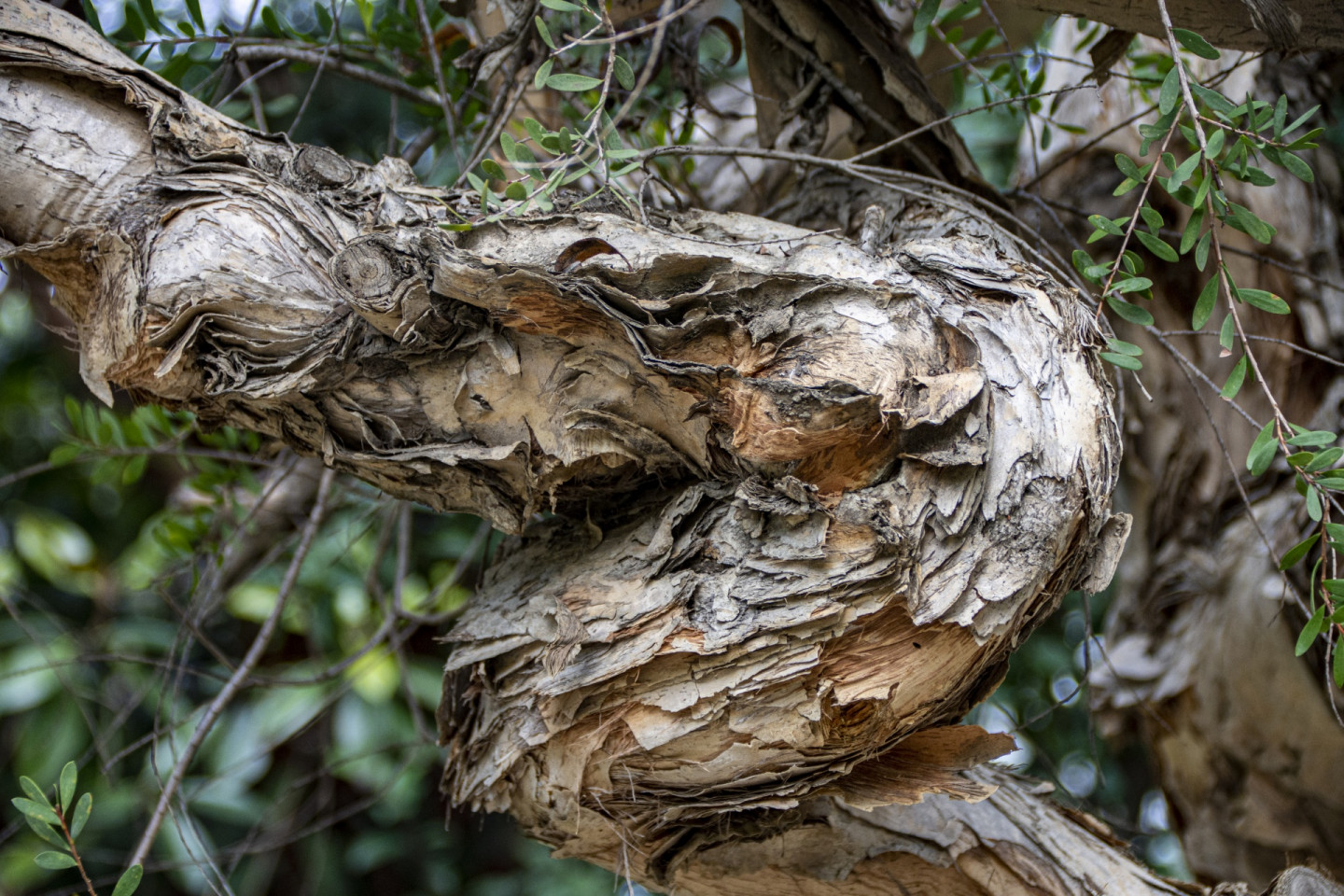Using extract from eucalyptus tree bark is a far cheaper and much more sustainable method of producing graphene than the current synthesis method.
Graphene is one of the finest materials in the world and is approximately 200 times stronger than steel. The material can be used for a range of purposes; from smartphones in touch screens to nanoelectronics and pencils.
Research points to the benefit of graphene in making existing building materials more sustainable. For example, researchers from the University of Exeter found that adding graphene to concrete makes concrete more water-resistant and twice as strong.
Graphene consists of a single layer of carbon atoms; it is both transparent and pliable, making it flexible enough to be forged into a range of designs.
With its excellent electrical and thermal conductivity, the benefit of graphene is opening new possibilities in material science; for example, recent research found that the use of a graphene membrane can remove the colour from whisky and 85% of salt from seawater.
Although graphine has its benefits, the synthesis of it involves toxicity reducing agents and is also costly.
To solve these issues, research from various universities has found that by using natural materials and microorganisms, researchers can construct a far more cost-effective graphene material. For example, a team from University of Rochester in New York have created a carbon-based material by mixing oxidized graphene with bacteria.
Similarly, researchers from RMIT University in Australia and the National Institute of Technology in Warangal, India, have found that using extract from eucalyptus tree bark is a far cheaper and much more sustainable method of producing graphene than the current synthesis method.
Whilst developing the material, the researchers took waste eucalyptus bark from the industry and used the material's reducing agent (found naturally in the bark) to synthesis graphene oxide into graphene. This is the first time that eucalyptus tree bark has been used to synthesise graphene sheets and is beneficial in terms of safety and overall cost (the new method could reduce graphene production from $USD100 per gram to $USD0.5 per gram).
This reduction in cost could lead to increasing availability among different industries and allow graphene to be produced in bulk. This method also meets the demands for environmentally friendly endeavours such as solar panels. With the abundance of eucalyptus trees in Australia, for example, it could make graphene increasingly sustainable in this part of the world.
